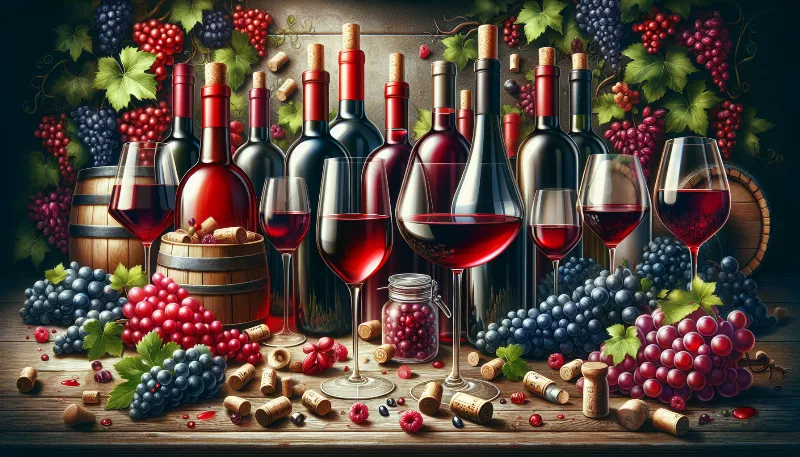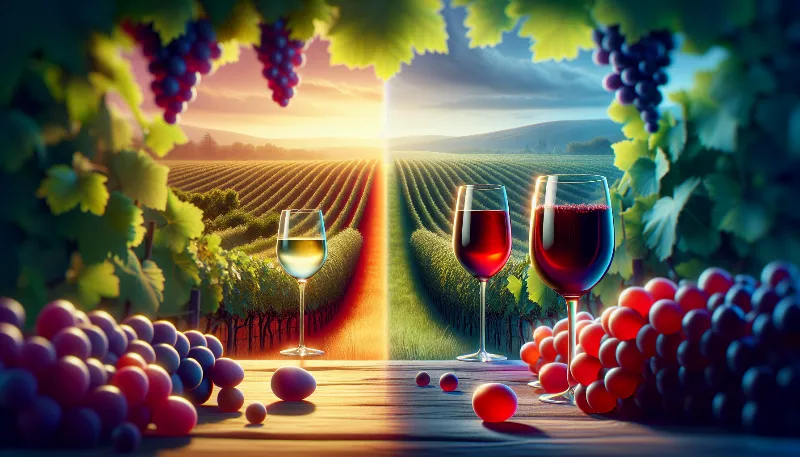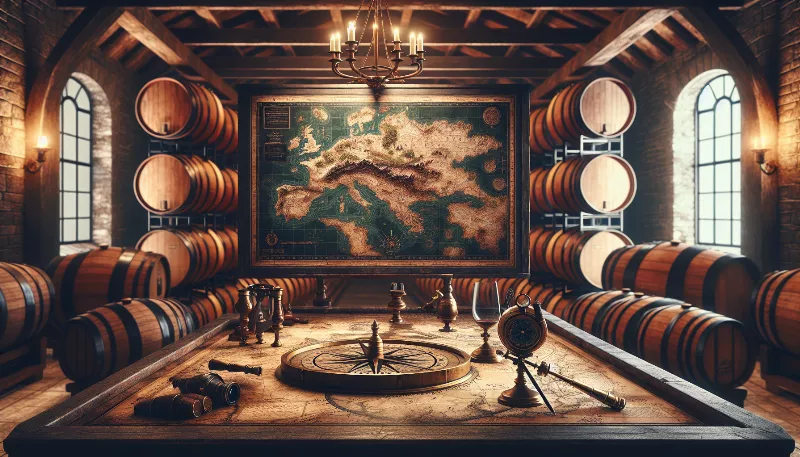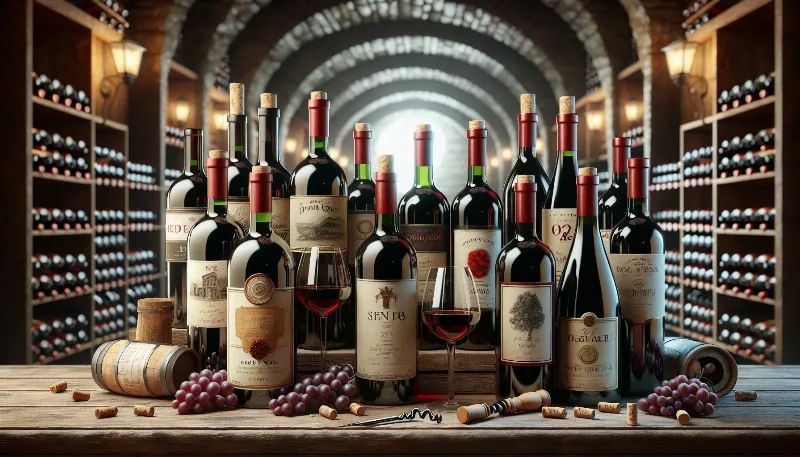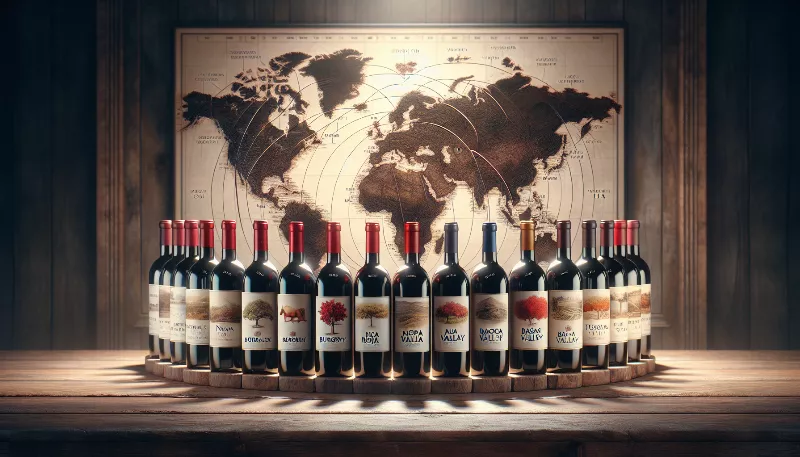What chemical changes occur in red wine during the aging process?
Discover the secrets of red wine aging. Learn how tannins soften and complex flavors develop over time for a richer, more refined taste.
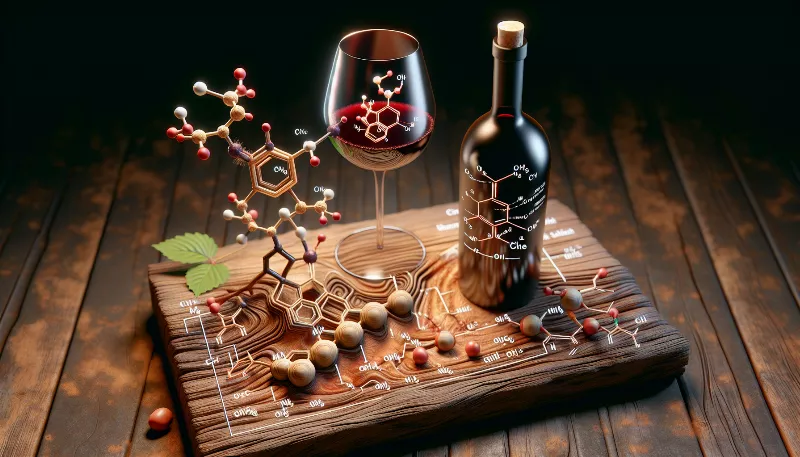
The Marvelous Journey of Red Wine Aging
Imagine a bottle of red wine, nestled in the dark, cool embrace of a cellar. As time marches on, this humble vessel is quietly playing host to a remarkable transformation—a symphony of chemical reactions that elevate its contents from simple fermented grape juice to a complex and nuanced nectar. The aging process of red wine is nothing short of alchemical magic, turning the base into the precious, with each passing year adding layers of flavor, aroma, and character.
Tannins: The Pillars of Longevity
At the heart of red wine's aging potential are tannins—those astringent compounds that give young red wines their characteristic bite. Over time, tannins undergo polymerization, linking up to form larger molecules. This not only softens the wine's texture, making it smoother on the palate, but also contributes to the development of new flavors and aromas. As tannins evolve, they precipitate out of the wine, leading to the formation of sediment in the bottle—a telltale sign of a wine's maturity.
Color Transformation: A Visual Spectacle
The deep, vibrant hues of a young red wine are a sight to behold, but as the wine ages, its color palette shifts. Anthocyanins, the pigments responsible for red wine's color, gradually degrade and combine with tannins to form new pigments. This results in a transition from bright ruby tones to a more subdued brick or garnet appearance. It's a visual cue to the intricate dance of molecules happening within the bottle, a testament to the passage of time.
Oxidation: A Delicate Balance
Oxygen, the giver of life, plays a dual role in the aging of red wine. In controlled amounts, it can enhance the wine's maturation, allowing for the development of complex flavor compounds such as aldehydes and ketones. These substances contribute to the bouquet of aged wine, imparting notes of nuts, dried fruits, and spices. However, too much oxygen can lead to oxidation, which dulls the wine's flavors and aromas, ultimately spoiling its character. Thus, the art of aging wine is a delicate balance, a careful orchestration of exposure to the elements.
Acidic Evolution: The Flavor Enhancer
Acidity in wine is like the backbone of its structure, providing freshness and vitality. As red wine ages, the acids undergo subtle changes. Malic acid, known for its tart, green apple-like flavor, can diminish through malolactic fermentation, giving way to softer, creamier lactic acid. Additionally, esters and other volatile compounds develop, enhancing the wine's complexity with a range of fruity, floral, and savory notes that delight the senses.
The Sum of Its Parts: The Integrated Whole
As these chemical transformations unfold, the individual components of the wine begin to integrate. Flavors and aromas meld together, tannins soften, and acidity becomes more rounded. The result is a harmonious blend where no single element dominates, but rather each contributes to a greater whole. This integration is the hallmark of a well-aged wine, a testament to the patience and care that went into its creation.
In conclusion, the aging process of red wine is a fascinating journey of chemical change, one that transforms the ordinary into the extraordinary. With each passing year, the wine develops a greater depth of character, becoming a liquid tapestry woven from time itself. For those who appreciate the finer things in life, the evolution of red wine is a source of endless wonder and enjoyment.
